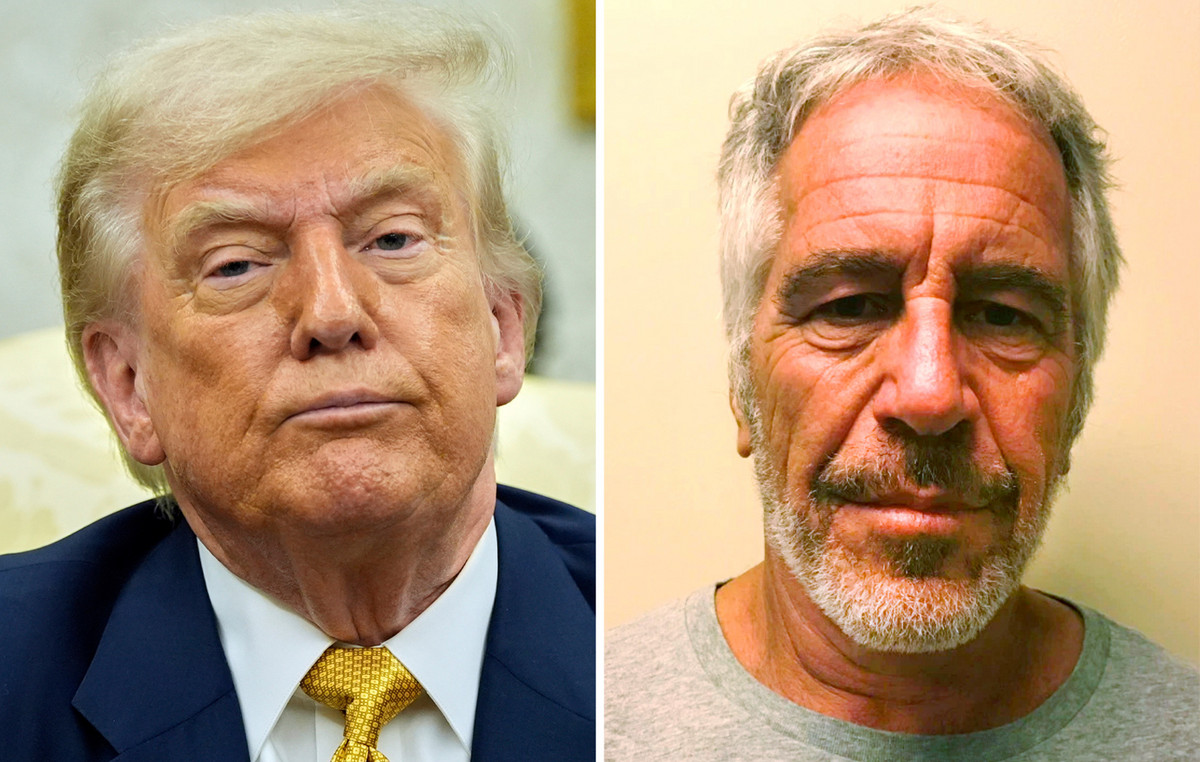Key Wall Street indexes are moving negatively on Monday as investors continue to watch the biggest crisis between the West and Russia in recent decades, following the Russian invasion of Ukraine and the decision of Russian President Vladimir Putin to upgrade to enhanced combat service the country’s nuclear forces.
Since the beginning of the invasion, the West has been announcing successive sanctions packages against Moscow, targeting mainly the financial sector, which has pushed the ruble to new all-time lows. For his part, the Russian president, citing aggressive statements from the West, ordered his country’s nuclear forces to be on high alert.
Meanwhile, Ukrainian forces continue to resist Russian attacks in Kyiv and other major cities in the east of the country. Investment attention is currently focused on talks between Ukraine and Russia on the border with Belarus, although hopes for a solution to the crisis are slim.
Russia’s central bank, meanwhile, has raised interest rates to 20 percent from 9.5 percent to strengthen its currency, while keeping the country’s stock market closed.
Indicators – Statistics
On the board, the Dow Jones industrial average lost 392.89 points or -1.15% to 33,665.86 points, while the S&P 500 fell 40.44 points or -0.94% to 4,343.31 points. The technology Nasdaq slides 75.76 points or 0.53% to 13,621.94 points.
Of the 30 stocks that make up the Dow Jones industrial average, only two are moving with a positive sign and 28 with a negative one. Salesforce.com saw the biggest gain with $ 1.62 or 0.78% at $ 209.71 followed by Chevron at $ 140.75 with an increase of 0.26%.
The three stocks with the biggest losses are JPMorgan Chase (-3.49%), Goldman Sachs Group (-3.26%) and Dow (-2.10%).
Investors are trying to assess the impact of the crisis on monetary policy in the coming months, with analysts not ruling out that the Federal Reserve may be more cautious in the coming months, taking a less aggressive approach to see the impact of the crisis on the economy. development.
Inflationary pressures, however, may escalate further in the coming months due to the rally in energy prices, putting a final end to the central banks’ narrative of transient inflation.
April futures contract was up 3.8% at $ 95.08, while Brent jumped almost 3% to $ 100.81 a barrel.
Source: Capital
I am Sophia william, author of World Stock Market. I have a degree in journalism from the University of Missouri and I have worked as a reporter for several news websites. I have a passion for writing and informing people about the latest news and events happening in the world. I strive to be accurate and unbiased in my reporting, and I hope to provide readers with valuable information that they can use to make informed decisions.







